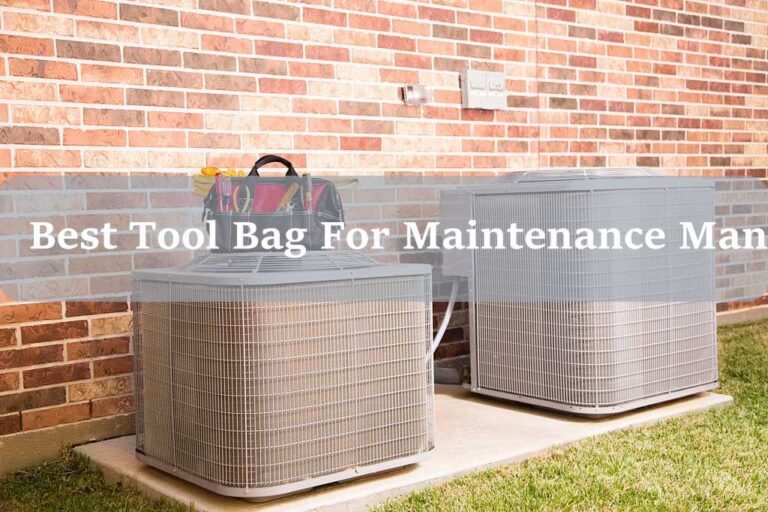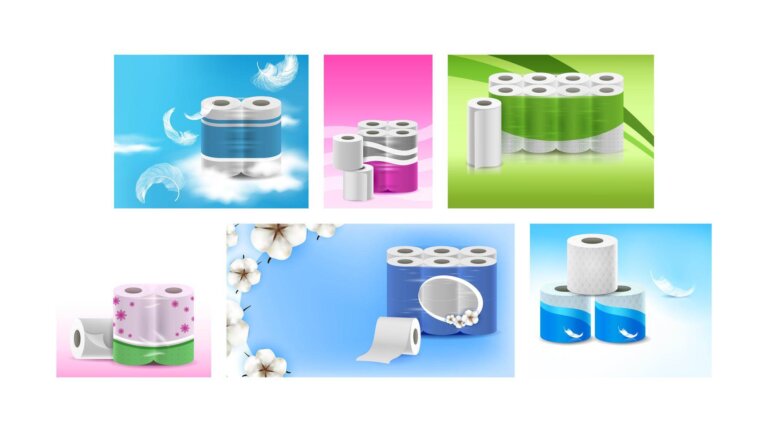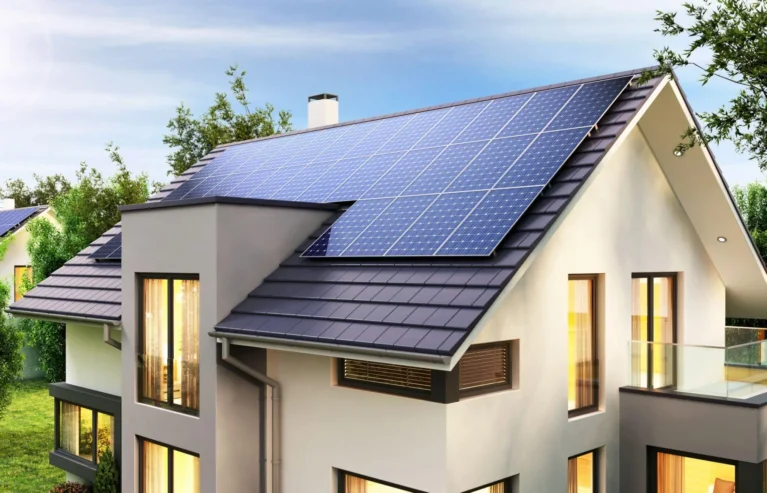9 Expert Tips for Filling Your Pool Faster and More Efficiently
There’s nothing quite like the excitement of getting a new pool. I remember standing there, looking at the empty shell, imagining all the sunny days and family fun to come. But then comes the reality check: filling it. When I hooked up a single garden hose for the first time, I quickly realized that my dream of a quick dip was days, not hours, away. The slow trickle felt like it would never end, and I started dreading the massive water bill.
That experience sent me down a rabbit hole. As a tech-focused guy who loves efficiency, I knew there had to be a better way. I spent hours researching, talking to pool professionals, and experimenting with different methods. This guide is the result of that obsession—a collection of actionable, proven tips to help you fill your pool faster, save money, and avoid the common pitfalls I nearly fell into. Let’s get you swimming sooner.
Key Takeaways
- Use Multiple Hoses: The single easiest way to speed up a fill from your city water supply is to use two or three garden hoses simultaneously to multiply your flow rate.
- Water Delivery is Fastest: For the absolute quickest fill, hiring a water delivery service is unbeatable. They can fill a standard pool in just a few hours, often with pre-treated water.
- Protect Your Well Pump: If using well water, never run the pump continuously. Implement a one-hour-on, one-hour-off cycle to prevent it from burning out.
- Prepare Before You Fill: A smooth, clean pool liner and a well-thought-out plan for your water source are crucial first steps to prevent costly damage and delays.
- Balance Chemicals Immediately: Once the water level reaches the skimmer, your top priority is to turn on the pump and begin balancing the water chemistry.
First Things First: Essential Prep Before You Add a Drop of Water
Before you even think about turning on the spigot, a little preparation can save you from major headaches. I learned this the hard way when I noticed a small wrinkle in my liner that became much harder to fix once the weight of the water set in.
Inspect the Pool Interior
Take a final walk around the inside of your pool. For in-ground pools with vinyl liners or any above-ground pool, ensure the liner is completely smooth. Wrinkles can become permanent and even cause damage under the pressure of thousands of gallons of water. Clear out any leaves, twigs, or debris that may have blown in.
Prepare Your Equipment
Get your gear in order. Uncoil your garden hoses, making sure there are no kinks or leaks. If you plan to protect your liner from the direct force of the water, have a clean, old sock ready to tie over the end of the hose.
Plan Your Water Source
Decide on your filling method before you start. Are you using city water? Calling a delivery service? Tapping into your well? Each has its own process and requirements. Knowing your plan upfront prevents last-minute scrambling. For a deeper dive into your options, you can explore some alternatives to filling your pool with a garden hose.
Method Breakdown: Choosing the Fastest Water Source for Your Pool
Your water source is the single biggest factor affecting your pool fill time. From my analysis, the cost-versus-speed trade-off is the central decision you’ll have to make.
Method 1: City Water via Garden Hose(s)
This is the most common DIY pool filling method. It’s straightforward but requires patience.
- Pros: It’s the most accessible and generally has the lowest direct cost for the water itself.
- Cons: It’s by far the slowest method and is dependent on your home’s water pressure.
Pro Tip #1: Use Multiple Hoses
This was a game-changer for me. Running a single hose might give you a flow rate of 5-10 gallons per minute (GPM). By hooking up a second hose to another spigot (or using a splitter on a high-flow spigot), you can effectively double that. With three hoses, you can cut your fill time by two-thirds. Just be sure you’re using a quality hose designed for this kind of work.
Pro Tip #2: Fill During Off-Peak Hours
Municipal water pressure is often highest late at night and in the early morning when community demand is lowest. I found that starting the fill around 10 p.m. gave me a noticeably better flow rate than in the middle of the day.
Method 2: A Water Delivery Service
If you want your pool filled now, this is your answer. These services use large tanker trucks and high-volume pumps.
- Pros: It is the absolute fastest way to fill a pool. They can deliver thousands of gallons in a couple of hours. The water is also often pre-treated, giving your chemical balancing a head start.
- Cons: This is the most expensive upfront option. You’re paying for speed and convenience.
Method 3: Using Your Well Water
If you have a well, using it to fill your pool seems like a “free water” hack. But be careful—this path is filled with risk.
- Pros: You avoid a massive bill from the water company.
- Cons: There’s a very real danger of burning up your well pump, which can lead to a multi-thousand-dollar repair. Well water can also be high in minerals like iron or copper, which can stain your pool surfaces if not treated immediately.
Pro Tip #3: Give Your Well Pump Breaks
A residential well pump is not designed for the continuous duty cycle required to fill a 20,000-gallon pool. To avoid overheating, I strongly recommend running it in intervals. A one-hour-on, one-hour-off cycle is a safe rule of thumb.
Method 4: Sourcing from a Fire Hydrant
This is an option some people consider, but it’s not a simple DIY task. It requires official permission and coordination.
- Pros: The water flow rate from a hydrant is incredibly high.
- Cons: You must obtain a permit and rent a meter from your local municipality or fire department. The water is often unfiltered and can introduce sediment into your pool. In most cases, this is an option best left to pool installation companies.
6 More Tips to Maximize Speed and Efficiency
Beyond your water source, these smaller adjustments can make a big difference in the efficiency and safety of your pool fill.
Pro Tip #4: Protect Your Pool Liner and Finish
A high-pressure stream of water blasting the same spot for 48 hours can damage a vinyl liner or erode a plaster or pebble finish. A simple but effective trick is to place a clean sock over the end of the hose. This diffuses the water flow, softening its impact. Alternatively, place the hose end in the deep end so the water hits the sloped floor, not the flat bottom.
Pro Tip #5: Understand and Maximize Your Water Flow Rate (GPM)
Knowledge is power. You can easily estimate your home’s Gallons Per Minute (GPM) with a 5-gallon bucket and a stopwatch. How long does it take to fill the bucket from your spigot? If it takes 30 seconds, your GPM is 10 (5 gallons / 0.5 minutes). Knowing this helps you accurately calculate your total fill time.
Pro Tip #6: Prepare for the Initial Chemical Balancing
Filling the pool is only half the battle. The water isn’t safe or comfortable for swimming until the chemicals are balanced. Have your startup chemical kit ready to go so you can start the process the moment the water level is high enough.
Pro Tip #7: Use a Pool Cover Immediately After Filling
Once full, your biggest enemies are evaporation and debris. A pool cover is your best defense. Covering the pool immediately will conserve the water you just paid for, reduce chemical loss, and can even help warm the water faster by trapping solar energy.
Pro Tip #8: Get Your Pump and Filter System Ready to Go
As the water rises, make sure your pump, filter, and skimmer are ready for action. Once the water level is halfway up the skimmer opening, you can and should turn on your pool pump to begin circulating the water.
Pro Tip #9: Don’t Run the Pump Dry
This is a critical warning for all pool owners. Never, ever run your pool pump without sufficient water flowing through it. Doing so can cause the pump to overheat and fail in minutes. Always ensure the water level is correct before flipping that switch.
H2: Frequently Asked Questions (FAQ)
Is it cheaper to fill a pool with a hose or a water delivery truck?
From a purely business-minded perspective, the answer depends on how you value your time and risk. Using a hose has a lower direct cost for the water, but it’s slow. A water delivery truck costs more upfront but saves immense amounts of time and eliminates the risk of well pump damage. For a detailed cost comparison, check out this analysis of the average cost to fill a pool with a garden hose.
Will filling a pool really burn out my well pump?
Yes, it absolutely can. Your well pump is designed for short, intermittent tasks like running a shower or washing machine, which allows it time to cool down. Asking it to run for 24+ hours straight is like trying to drive your car cross-country in first gear—it will eventually overheat and fail. The rest cycles I mentioned are not just a suggestion; they are essential for protecting your investment.
How long does it take to fill a pool with a garden hose?
The time varies dramatically based on pool size and your home’s water pressure. You can calculate a rough estimate with a simple formula: (Pool Volume in Gallons) ÷ (Hose GPM) ÷ 60 = Total Fill Hours. For a complete guide with charts and examples, see this detailed breakdown of how long it takes to fill a pool with a hose.
Conclusion: Your Pool is Full, What’s Next?
Filling your pool efficiently is the first major step toward a season of fun. By using multiple hoses, considering a professional delivery service, or carefully managing your well pump, you can dramatically reduce the wait time. Remember to protect your pool’s surfaces during the fill and have your chemicals ready to go.
The moment the water hits the skimmer, your role shifts from “pool filler” to “pool manager.” The next critical task is testing and balancing the water.
Now that your pool is full, prepare for the next steps by reading our guide on Common Problems When Filling a Pool.






